
Image Credit: http://www.indianweddingbuzz.com/drive/uploads/2016/09/navratna.jpg
Jewelry making is an ancient art that is as old as human civilization, and the Asian subcontinent has always featured predominantly among the world leaders when it comes to development in the styles and techniques of making jewelry. India in particular boasts of a rich history when it comes to traditional jewelry. The country’s fascination with jewelry dates back to the Indus Valley civilization, around 5000 years ago. Jewelry has been an integral part of a typical Indian’s life from the past many centuries. Jewelry designs and techniques during the earlier times were relatively simpler, but with time they became more elaborate and complex. Initially used for the sole purpose of decoration and ornamentation, jewelry started acquiring more spiritual and social significance as the centuries wore by. Soon they were no longer just used for the sole purpose of adding to one’s looks—they actually became spiritual symbols believed to hold the powers of influencing the heavenly bodies. Precious stones and metals from time immemorial have been believed to possess celestial powers and thus the ability to bestow upon the wearers immense moral courage and supernatural powers. On the other hand, some precious stones were also believed to be unlucky and were feared for their ostensible power to bring misfortune to the owner. The supernatural powers believed to be possessed by the precious metals and gemstones added to the charms and enigma of jewelry crafted from these.

Image Credit: https://img0.etsystatic.com/124/0/10420485/il_570xN.925032126_2473.jpg
The Indian subcontinent has been one of the major centers of jewelry from the past several millennia. Out of all the types of jewelry that are held in reverence in the subcontinent, Navaratna Jewelry probably features in the top due to the mystical powers believed to be possessed by such kind of jewelry. The term “Navaratna” is derived from the Sanskrit compound word which means “nine gems.” Thus Navaratna jewelry refers to jewelry pieces created with the nine gems— diamond, ruby, emerald, coral, pearl, yellow sapphire, blue sapphire, hessonite and cat's eye. Each of these gems is assigned a certain celestial significance and such a type of jewelry has been popular since ancient times due to the supernatural prowess ascribed to the constituent nine gems.
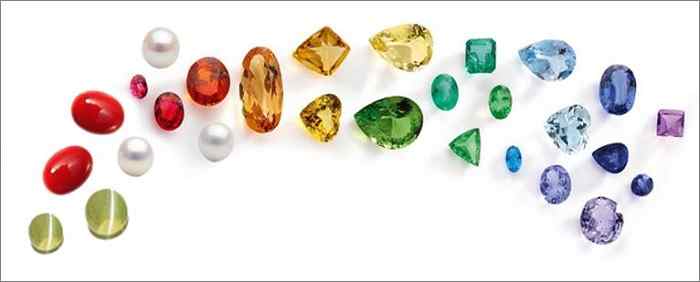
List of the Navaratnas as per Hindu Vedic Astrology
1. Ruby for Surya (Sun): Ruby is believed to enhance the qualities of vitality, leadership, independence, and purity. The gemstone was often used by royalty to focus and sustain their leadership qualities. The gem stone can also kindle negative feelings of heightened egotism and self-absorption. Therefore ruby should always be worn with care, preferably with companion gems.
2. Pearl for Chandra (Moon): Natural pearl is often used in Ayurvedic medicines for its medicinal properties. It has the ability to increase emotional stability, mental strength, friendliness and contentment in the wearer. It should preferably be balanced with other gems as it can also cause anxiety, mood swings, isolation, and relationship problems. It should not be worn by people with certain physical conditions as pearls might aggravate them.
3. Red Coral for Mangala (Mars): The color red is often associated with vitality and sexuality. Red coral helps to energize the wearer and bestows upon them insight and courage. On the other hand, it can also kindle negative repercussions like increased anger, inability to control passion/temper. It should be avoided by people with a high sex drive and should not be worn by a person suffering from fever.
4. Emerald for Budha (Mercury): Emerald is said to help the wearer in becoming mentally alert and improves communication skills and mental control. It is also believed to be good for soothing stomach ailments. Mercury is the planet of intellect and communication and thus emerald helps in enhancing the mental capacity of the wearer. This gem stone is generally considered safe for everyone to wear unless a person suffers from psychological problems.
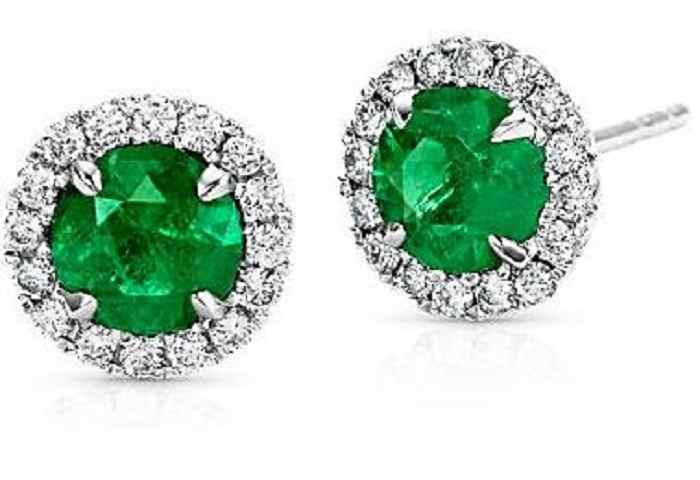
5. Yellow sapphire for B?haspati (Jupiter): The planet Jupiter stands for qualities like wisdom, judgment, enthusiasm, joyfulness, and compassion. Wearing yellow sapphire enhances these qualities in an individual. When Jupiter is weak in a person’s chart, they can feel self-pity and sadness. Yellow sapphire, when worn with the advice of an astrologer, can help one become happy and prosperous in life.
6. Diamond for Shukra (Venus): Venus is the planet of feminine energy, love and beauty. A conflicting Venus in a person’s horoscope can make them sexually obsessive and overtly sensuous. Diamonds can help in bringing a balance in such a person’s life by increasing grace, charm, and artistic abilities. Since Venus is considered to be a beneficial planet, diamonds are generally safe for everyone to wear. But care should be taken that only high quality diamonds are worn; otherwise it may lead to negative consequences.
7. Blue sapphire for Shani (Saturn): Saturn is generally considered a controversial planet and can cause complications in a person’s life if its influence is not balanced. A weak Saturn creates issues like diseases, financial problems, or insomnia. Due to its association with the planet, blue sapphire should be worn with caution, and preferably in combination with other compatible gems. Its size and purity should also be taken into consideration.
8. Hessonite for Rahu (the ascending lunar node): Rahu, also called the North Node in the West, is associated with the gem hessonite. The gem helps to balance the influence of external sources of information like media and brings a sense of clarity to the mind of the wearer. When poorly placed in a person’s horoscope, Rahu can lead to fear, agitation, confusion, and addictive behavior. Hessonite is a very good gem to wear in today’s world in order to balance the negative influence of media on our minds.
9. Cat's Eye for Ketu (the descending lunar node): Ketu, called the South Node in the West, is represented by Cat’s Eye. An afflicted Ketu can cause doubt, uncertainty, poor concentration, and lack of insight. Wearing Cat’s Eye helps to alleviate these problems. It is better to wear this gem as a part of the Navaratna ensemble, under the guidance of an astrologer.
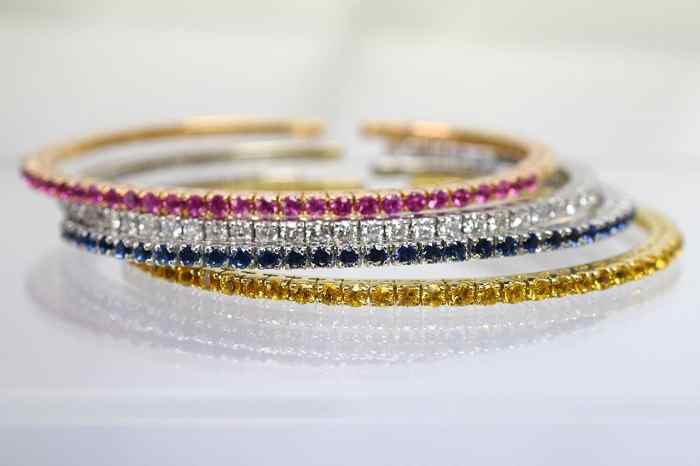
Image Credit: https://www.1stdibs.com/jewelry/bracelets/bangles/diamond-tricolor-sapphire-gold-bangle-bracelets/id-j_522782/
Historical Significance of Navaratna Jewelry
During the ancient time, Navaratna Jewelry was predominantly worn by the kings and the emperors (Maharaja) in the form of an amulet. Since each of these gemstones is associated with a celestial deity, the combination of these nine gems is believed to invoke the cosmic powers of heavenly bodies in totality. The royal rulers in ancient India revered gemstones as Hindu Gods and the Navaratna were implied to represent the universe in totality according to the Hindu religion. The nine gems were considered so powerful that only the kings and emperors were given the privilege of wearing certain types of Navaratna jewelry due to their perceived potency. For example, only the Maharaja and his intimate relations were permitted to wear royal turban ornaments. Among the nine gems, the diamond is considered to be the most powerful. Historically, diamonds were given as an offering to win back a ruler’s lost favor or as a tribute in exchange for protection or a symbol of surrendering to an enemy king. During the Mughal era, the rulers had their names and titles inscribed on diamonds as a means of assuring their immortality. The Navaratna, especially diamonds, played a very significant role in shaping the history of India. As representatives of cosmic powers, they symbolized supremacy and authority and as such were frequently used to finance wars, force abdications, rouse revolutions, and for other war and political purposes.
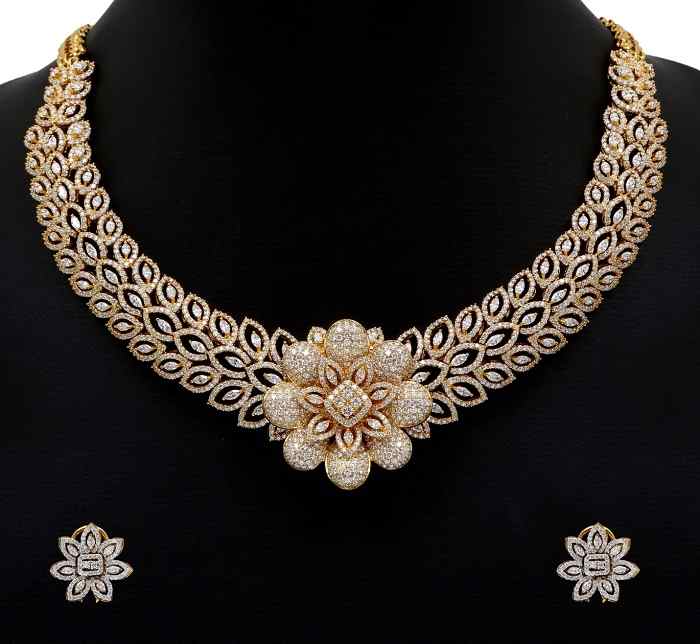
Diamonds were also believed to be poisonous and crushed diamonds were often fed to enemy rulers/officers in an attempt to murder them. Believed to be the most precious among the Navaratna, diamonds were also gifted to victorious military warriors in order to honor them, or as ransom payment for release of a king or prince from imprisonment or abduction.
Religious and Astrological Significance of Navaratna Jewelry
In Hindu traditions, precious metals like gold and silver, along with gemstones are believed to possess spiritual powers and the ability to invoke the blessings of the deities associated with them. According to Hindu astrology, life on earth is influenced by the navagrahas, or nine planets. Each of these navagrahas uniquely influences the life of an individual according to their placement on the person’s horoscope. Every planet has an associated gemstone which in turn has the ability to harness the power of the cosmic rays associated with that particular planet. Thus the Navaratna or the combination of nine gems is believed to balance the influence of the navagrahas in a human being’s emotional, mental and materials status.
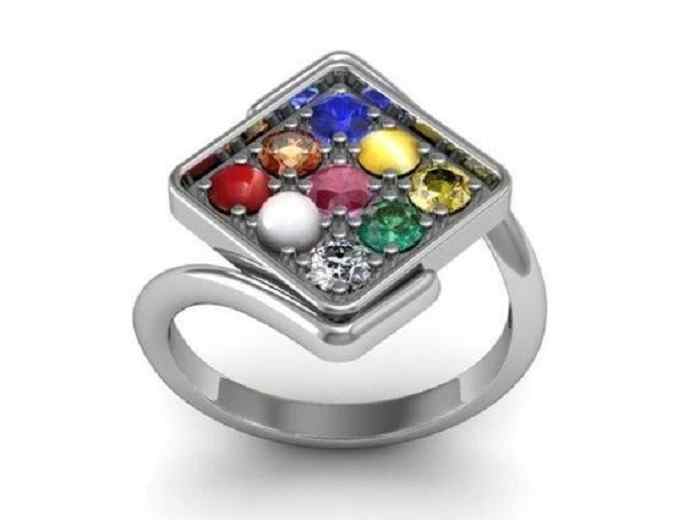
According to Vedic scriptures, the gems are mentioned as one of the six pathways to later the negative karmic life map and fill an individual’s like with happiness. The science of gemology and characteristics of gemstones have been discussed in detail in the Garuda Purana and Agni Purana. The Brihat Samhita has also discussed the healing properties of the various gems. Being cosmically potent, the nine gems can have both positive and negative effects on the wearer. That is why it is said that Navaratna jewelry should be worn by a person only after consulting a learned Vedic astrologer. Otherwise the wearer may inadvertently invite misfortune into his life by wearing the wrong combination of gemstones. A Vedic astrologer who is well versed in Hindu astrology and has a deep knowledge of gems can advise which gems would be beneficial to a particular individual based on his astrological charts. A thorough study of an individual's sidereal horoscope can give the idea about which gems he should be wearing to harness beneficial planets or counteract harmful planets. Though the significance of the nine gems has not be scientifically proven, the concept of wearing Navaratna jewelry for invoking positive vibes and celestial energy is popular all over Asia in countries like India, Thailand, Singapore, Sri Lanka, Malaysia, and Nepal. In fact, in Thailand, the Navaratna is officially recognized as a national and royal symbol of the king in keeping up with traditions.

Image Credit: http://www.indujewels.com/images/navratna/necklace1.jpg
For the gems to be considered auspicious, they must be pure and of high quality. In order to harness the full spiritual potential of these gems, they are traditionally set in a specific arrangement with a ruby (representing the Sun) in the center, surrounded (clockwise from the top) by a diamond, a natural pearl, red coral, hessonite, a blue sapphire, cat's eye, a yellow sapphire, and an emerald. It is considered inauspicious to place any gem other than a ruby or a red spinel in the center of the nine gems arrangement. Since the Sun is the center of the solar system, its representative gem ruby is positioned in the heart of a Navaratna Talisman. In addition to the Hindu traditions, Navaratna jewelry is considered significant in Jainism, Buddhism, and Sikhism, as well.
Navaratna jewelry has been popular throughout Asia from the past several centuries. Valued as much for their cosmic potency as for their materialistic worth, Navaratna jewelry is a significant part of Indian religious and astrological traditions. With a revival in the interest in astrology as a scientific field in recent times, the demand for Navaratna jewelry is sure to surge in the coming years!



